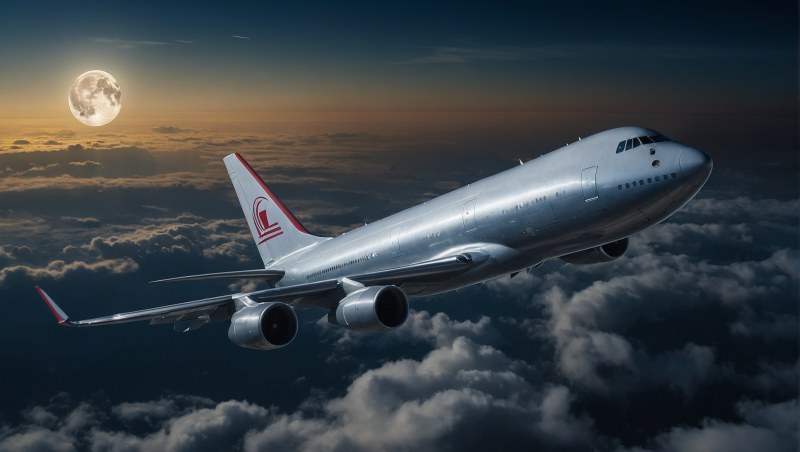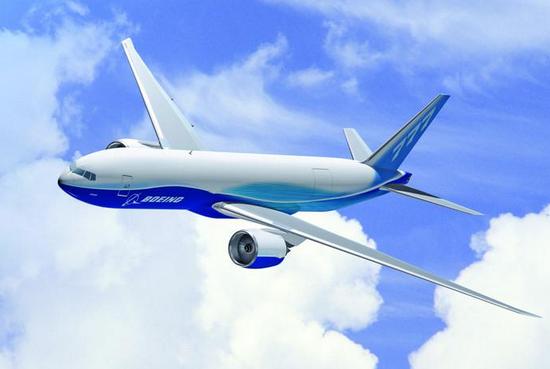In the last week of January 2024, leading up to the Chinese Lunar New Year celebrations (set for February 10), global air cargo volumes followed an upward trajectory, bringing the tally for the first month well above the levels of 2023: WorldACD Market Data indeed shows a 14% increase in volumes for January. The report adds that there has been a trend of higher tonnage on an annual basis for several months, supported by strong demand from e-commerce traffic ex-Asia Pacific since the last quarter of last year and by some limited conversion of sea freight to air and sea-air combinations in recent weeks, due to disruptions in container shipping in the Red Sea.
Initial data for the fourth week (January 22 to 28) indicate that global air cargo tonnages increased by a further +5% compared to the previous week, after a +25% week-on-week increase in the second week and a further +4% increase in the third week. Global average freight rates have remained relatively stable throughout January, averaging $2.33 per kilo, compared to about $2.60 in December.
Extending the comparison period to two weeks, the total combined tonnages for the third and fourth weeks of this year were up by +18% globally, compared to the preceding two weeks, with average rates stable and capacity increased by +3%. Outbound tonnages have significantly increased from most of the main global regions, on a bi-weekly basis, including double-digit percentage increases from Central and South America (+40%), Europe (+28%), Asia Pacific (+16%), North America (+13%), and ex-Africa (+10%). Only traffic ex-Middle East and South Asia did not record a significant increase (+2%), with an 8% growth ex-Middle East and South Asia to Europe partially offset by a decline (-8%) to Asia Pacific.
Most of the main intercontinental lanes recorded double-digit percentage increases in tonnages, on a bi-weekly basis, including a +55% surge from Central & South America to North America. This increase reflects a spike in demand for flowers in North America for Valentine's Day. South America is the world's largest flower market and generates significant peaks in air cargo traffic for North America, especially at the end of January for Valentine's Day and in April, for Mother's Day. In contrast, the flower market to Europe is more stable, usually peaking in early February ahead of Valentine's Day.
Year-on-year comparisons also reveal some significant changes. Overall global demand in the third and fourth weeks combined is up +19% compared to the equivalent period last year, with tonnages ex-Asia Pacific up by +42% and tonnages ex-Middle East and South Asia by +23%, followed by more modest increases ex-Central & South America (+12%), Africa (+10%), and Europe (+7%), while ex-North America demand is still in negative territory. This enormous annual difference ex-Asia Pacific underscores that it is primarily due to the Chinese New Year, although there is likely also a contribution from sea freight converted to air and sea-air cargo due to disruptions in the Red Sea.
Overall worldwide air cargo capacity remains significantly higher than last year's levels (+16%), including a +41% surge ex-Asia Pacific that closely matches the demand situation from that market. On the pricing front, the average worldwide freight rate of $2.33 per kilo in week four is -20% below its elevated levels from last year, although it remains significantly above pre-Covid levels (+31% compared to January 2019).
Looking ahead, various freight and logistics industry commentators believe the boost to air cargo in recent weeks, due to conversions from sea freight because of disruptions in the Red Sea, will wane after the Lunar New Year. However, a major forwarder notes that the knock-on effects and momentum in air cargo will continue even after the Chinese New Year. This could be due to a shortage of ocean container equipment at origin ports due to longer ocean shipping rotations around the Cape of Good Hope. With increased pressure on air cargo capacity, a corresponding increase in air freight rates is expected in the coming weeks on some specific trade lanes, as already experienced in recent weeks.



































































